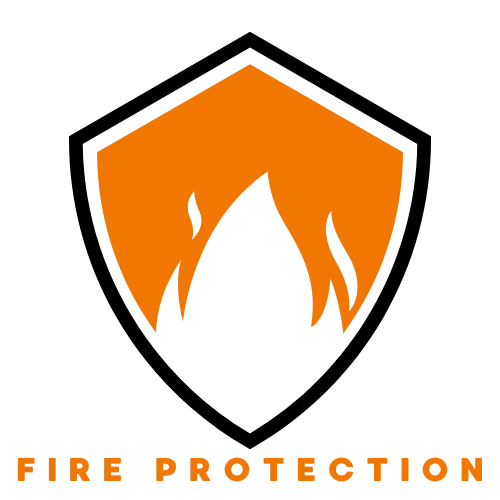Top Fire Stopping Services in South Africa
At Fire Protection, we are dedicated to providing top-tier fire protection services to ensure the safety and compliance of your property.
With years of experience in the industry, our team of fire safety experts specializes in fire stopping, compartmentation surveys, and passive fire protection.
Our mission is to deliver high-quality, code-compliant solutions that mitigate fire risks and protect lives.
We work closely with businesses, property managers, and building owners to assess and enhance fire safety measures.
Our commitment to excellence, attention to detail, and use of industry-leading techniques set us apart as a trusted fire protection provider.
Why Fire Safety Matters
Fires can cause devastating losses—but with the right fire protection measures, you can prevent damage, protect occupants, and comply with legal fire safety regulations. Our services help you stay prepared and compliant.
Our Fire Protection Services
Fire Risk Assessments-Identify fire hazards and ensure compliance.
Fire Door Replacement & Inspections-Enhance fire resistance and maintain safety standards.
Fire Stopping Installation-Prevent the spread of fire with professional fireproofing solutions.
Fire Stopping Surveys-Detect vulnerabilities and strengthen fire compartmentation.
Extinguisher Maintenance-Ensure your fire extinguishers are fully functional when needed.
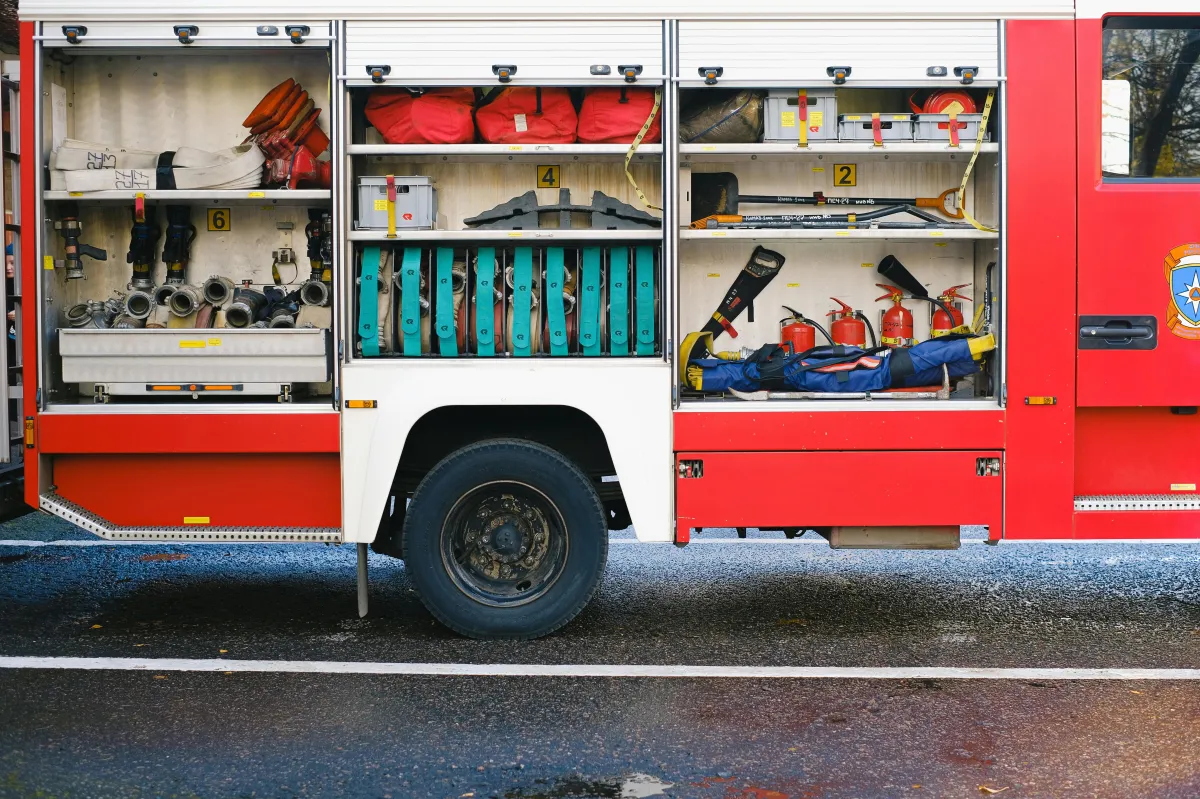
Why Choose Us
At Fire Protection, we take fire safety seriously. With years of expertise and a commitment to compliance, we provide reliable, efficient, and top-quality fire protection services tailored to your needs. Here's why you should choose us:
✅ Expert Knowledge & Certification
✅Comprehensive Fire Safety Solutions
✅Code-Compliant Work
✅Tailored to Your Needs
✅Reliable & Professional Service
✅Long-Term Fire Safety Assurance
✅ Customer Satisfaction Guaranteed
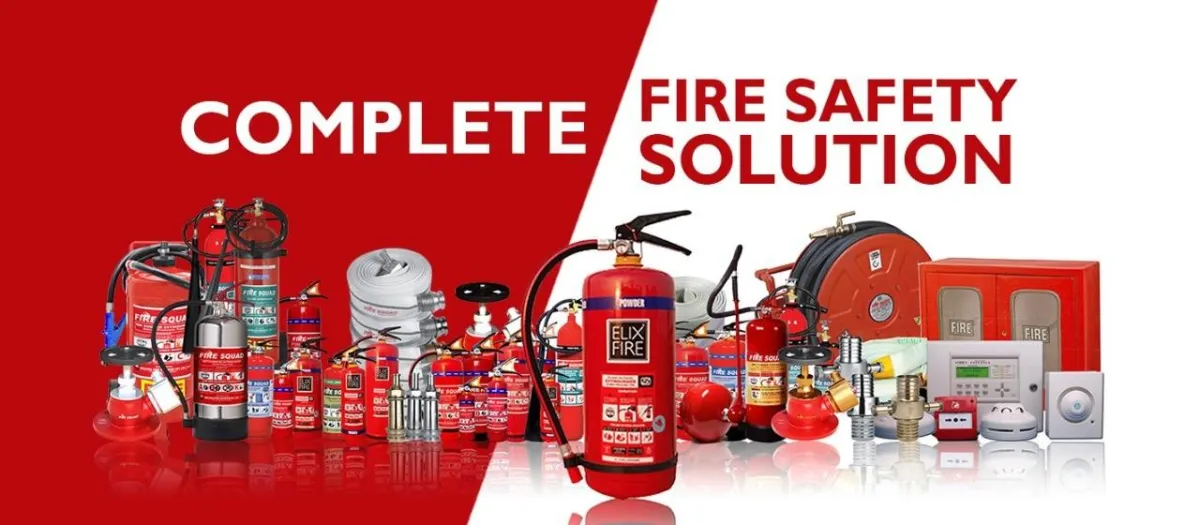
Get A Free Quote Today!
SERVICE REQUEST DETAILS:
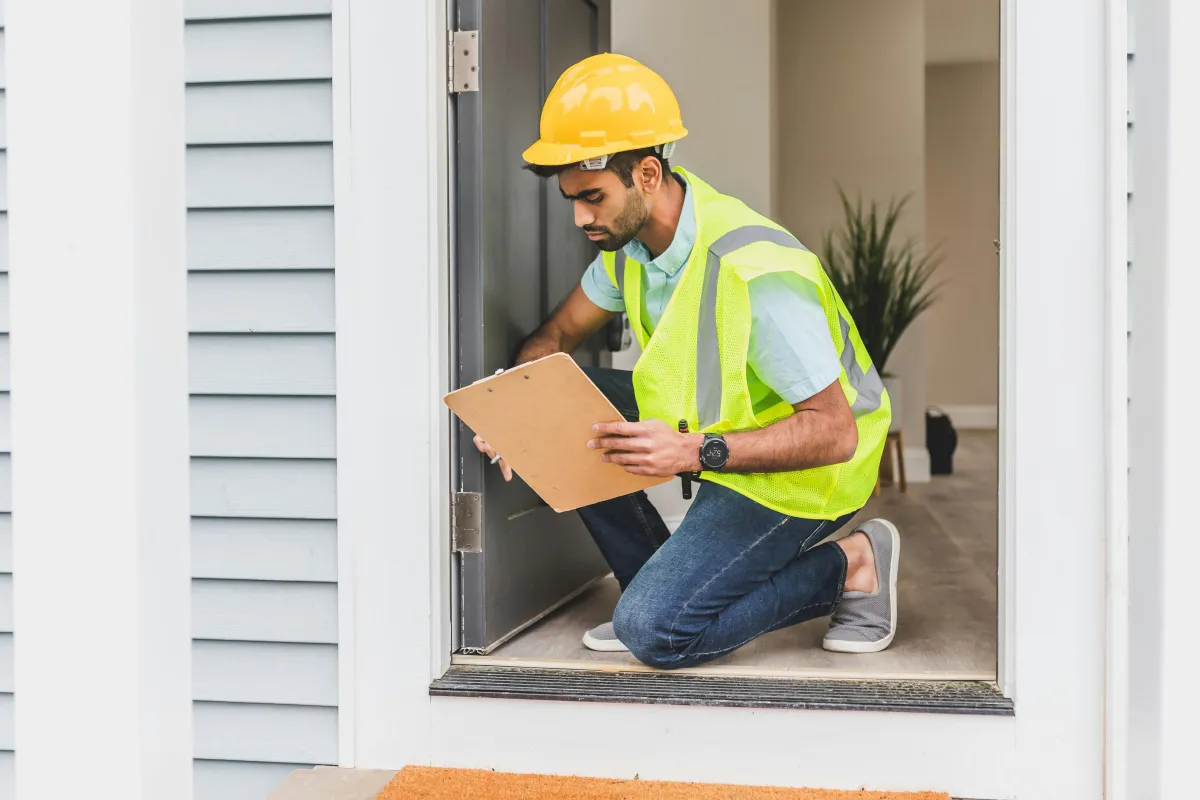
Fire Safety Compliance in South Africa: Is Your Business Meeting Regulations?
“Fire safety is not just about compliance—it’s about protecting lives and assets.”
Introduction
Fire safety compliance is a critical responsibility for businesses in South Africa. The law requires all commercial properties, residential buildings, and industrial facilities to adhere to stringent fire protection measures. Failure to comply can lead to fines, legal consequences, and, most importantly, a heightened risk of fire hazards.
If you're unsure whether your business meets fire safety regulations, this blog will guide you through the key requirements, common violations, and how to ensure compliance.

1. Understanding Fire Safety Regulations in South Africa
South Africa’s fire safety standards are governed by SANS 10400-T: The National Building Regulations on Fire Protection. This regulation outlines essential fire safety measures that businesses must implement, including:
Fire compartmentation to prevent the spread of flames and smoke.
Installation of fire doors and passive fire protection systems.
Regular fire risk assessments to identify hazards.
Proper maintenance of fire extinguishers and active fire protection equipment.
Clear emergency escape routes and fire signage.
Adequate fire detection and alarm systems.
Failing to meet these regulations can result in non-compliance penalties, increased insurance costs, and, in severe cases, business closure.
2. Why Fire Risk Assessments Are Essential
A fire risk assessment is the first step in ensuring compliance. This process involves a professional evaluation of a building’s fire risks, identifying potential hazards, and implementing corrective measures. Key aspects assessed include:
Fire doors, fire-stopping installations, and compartmentation barriers.
Fire detection and suppression systems.
Proper storage of flammable materials.
Employee fire safety training and emergency response plans.
How often should you conduct a fire risk assessment? South African regulations recommend that businesses conduct fire risk assessments annually or whenever structural changes are made to the building.
3. Common Fire Safety Violations and How to Avoid Them
Many businesses unknowingly violate fire safety laws, putting their properties and occupants at risk. Here are some common violations and how to avoid them:
Blocked Fire Exits – Ensure that all emergency exits are unobstructed and clearly marked.
Non-Compliant Fire Doors – Fire doors should be certified, regularly inspected, and properly maintained.
Lack of Fire Stopping Measures – Unsealed gaps in walls and floors must be properly fire-stopped to prevent fire spread.
Expired Fire Extinguishers – Regular servicing and maintenance of fire extinguishers is essential.
No Fire Drills or Employee Training – Employees should be trained on fire evacuation procedures and fire safety awareness.
4. The Role of Passive Fire Protection
Passive fire protection (PFP) refers to built-in fire safety measures that help contain fires within a specific area. Examples include:
Fire-rated walls, ceilings, and floors.
Fire-resistant doors and partitions.
Fire dampers in ventilation systems.
Intumescent coatings and fireproof sealants.
Implementing these measures ensures fire compartmentation, reducing the risk of flames and smoke spreading throughout the building.
5. How We Can Help Ensure Your Business is Compliant
At Fire Protection, we specialize in ensuring South African businesses meet fire safety compliance requirements. Our services include:
Comprehensive fire risk assessments.
Fire door inspections and replacements.
Fire stopping installation and surveys.
Fire compartmentation compliance.
Routine fire extinguisher maintenance.
6. Stay Compliant & Protect Your Business Today!
Ensuring compliance with South Africa’s fire safety regulations is not just about avoiding fines—it’s about protecting lives and assets. Don’t wait until it’s too late.
📞 Contact us today to schedule a fire safety inspection and keep your business compliant! 🚒🔥
WHAT DO WE OFFER?
Comprehensive Fire Safety Services
We provide a comprehensive range of fire safety services designed to prevent the spread of fire and ensure compliance with safety regulations. From risk assessments to fire door inspections and fire stopping installations, our expert team ensures that your building is fully protected. Whether you need a detailed fire risk assessment, professional fire compartmentation surveys, or maintenance of fire extinguishers, we have the knowledge and experience to deliver top-tier fire protection solutions. Our approach is proactive, ensuring that potential risks are identified and addressed before they become a hazard..

Fire Risk Assessments
We provide recommendations for fire prevention and safety improvements.
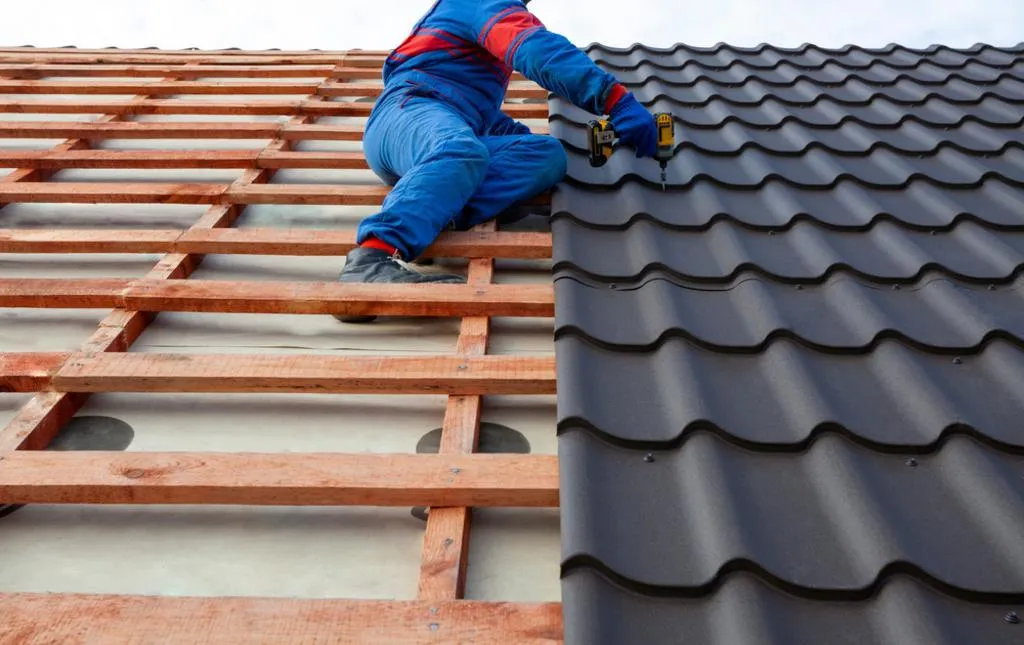
Fire Door Replacements
We provide high-quality fire door replacements that meet strict fire safety standards, ensuring your building remains secure and compliant.
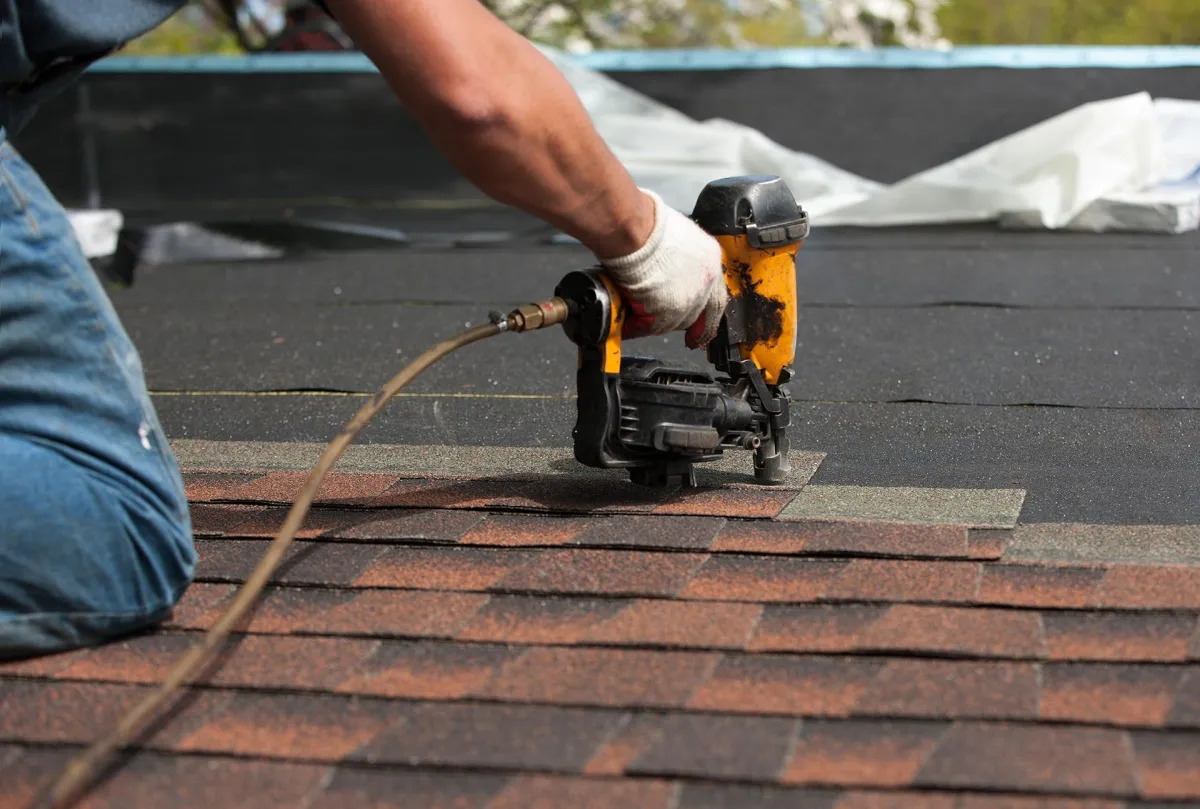
Asphalt Roofing Systems
We use high-quality fire-resistant materials to ensure safety.

Fire Extinguisher Maintenance
We provide regular maintenance, refilling, and inspections to ensure your fire extinguishers remain fully functional and compliant with regulations.
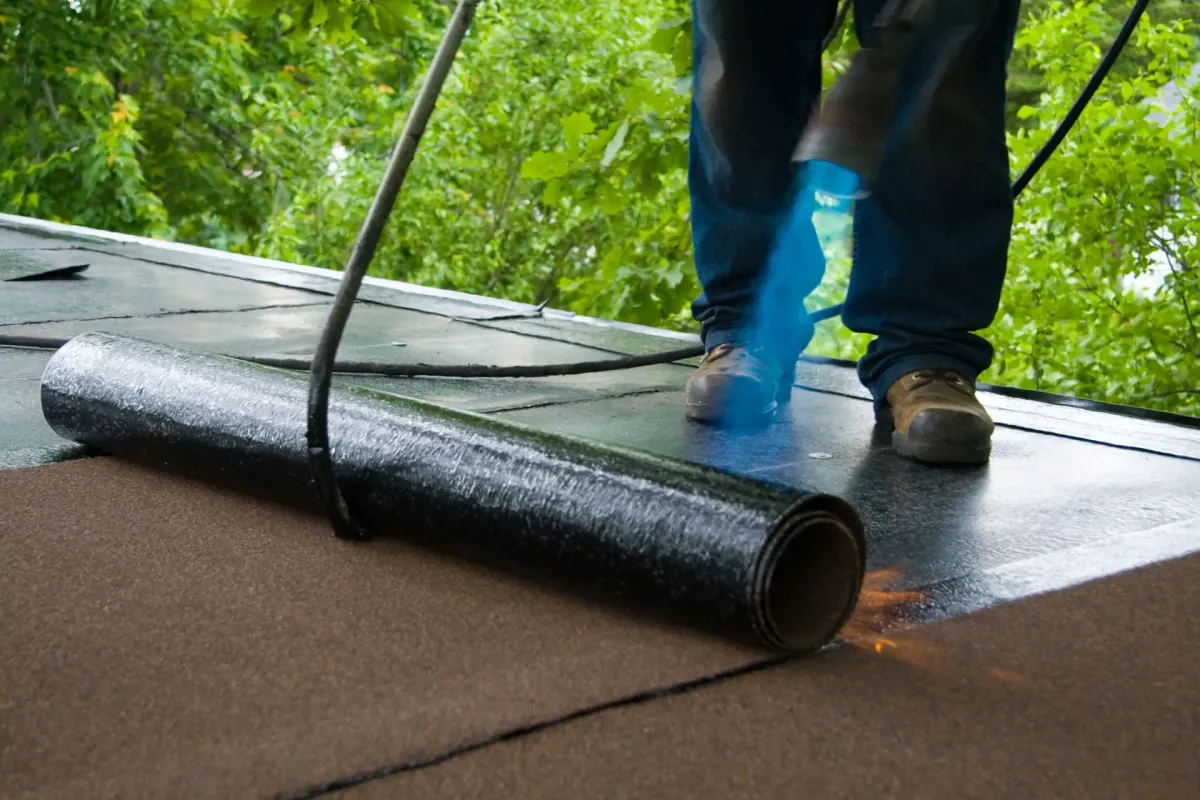
Fire Door Inspections
Our experts check for damage, gaps, faulty seals, and operational effectiveness to maintain fire safety standards..
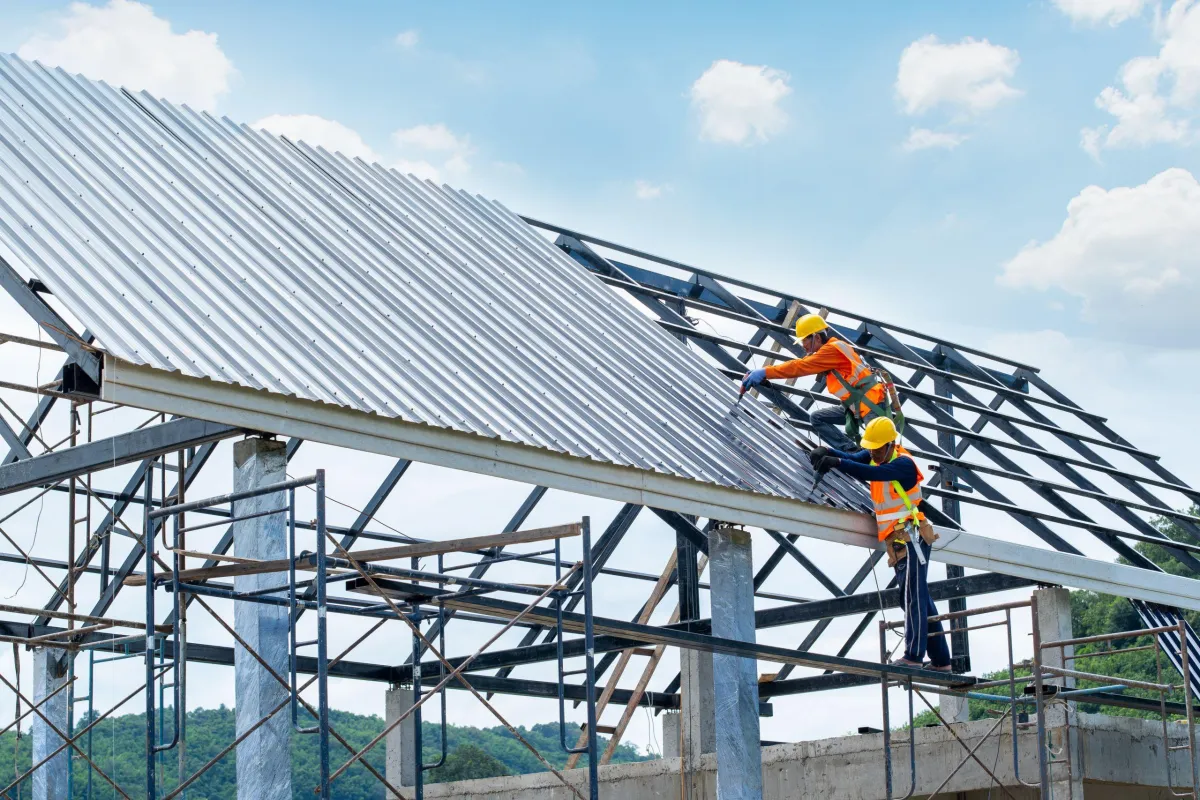
Fire Stopping Surveys
We provide detailed reports and recommendations for improvements.
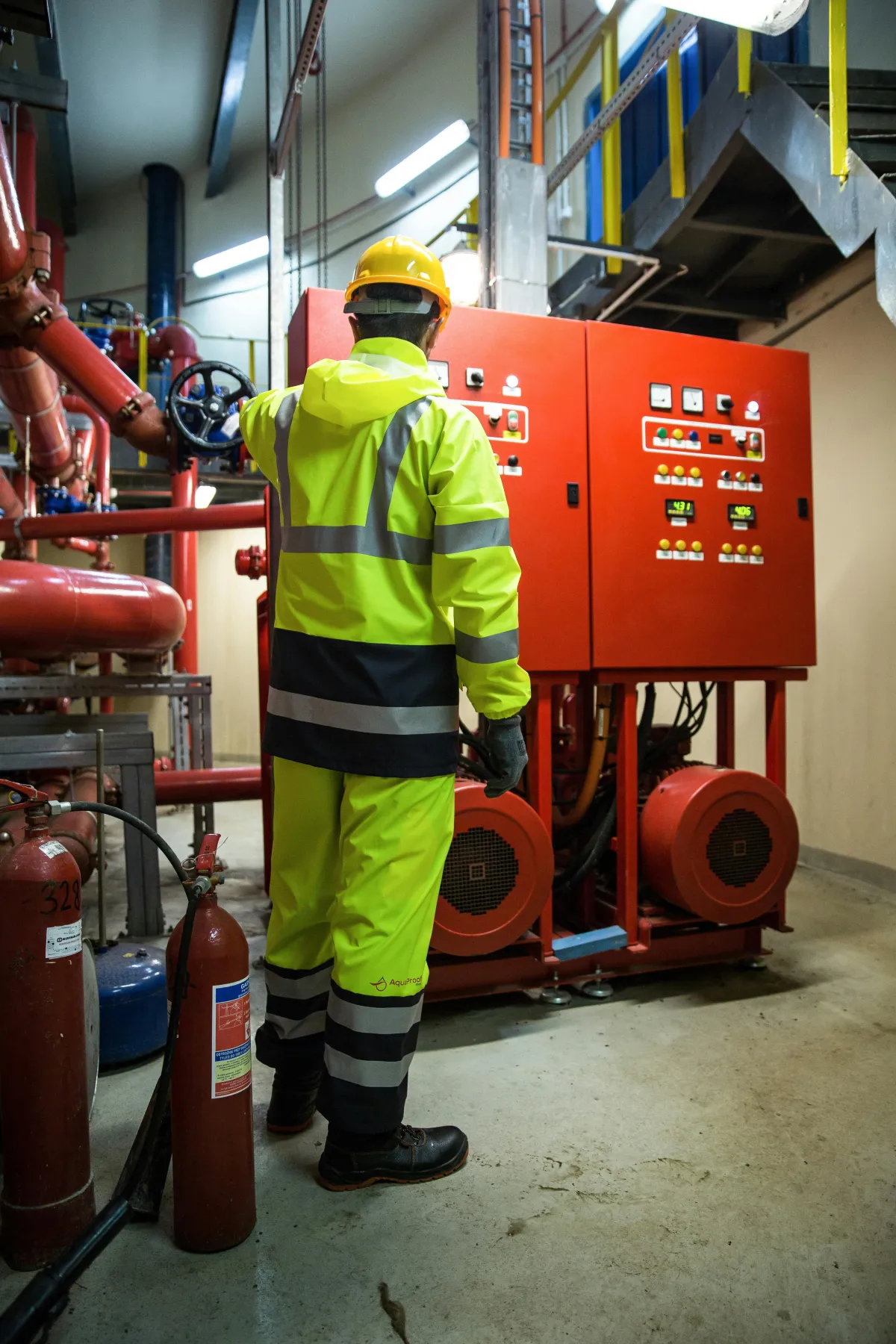
POPULAR QUESTIONS
Get Answers to Your Questions
What is fire protection, and why is it important?
Fire protection refers to the systems, processes, and equipment used to prevent, detect, and suppress fires. It is critical for safeguarding lives, property, and businesses from the devastating effects of fire. Effective fire protection ensures compliance with fire codes, reduces risk, and minimizes property damage.
What fire protection services do you offer?
We offer a wide range of fire protection services, including:
Fire risk assessments
Fire alarm installation and maintenance
Fire door inspection and maintenance
Fire suppression systems installation
Fire stopping and compartmentation solutions
Emergency lighting installation and maintenance
Fire safety training and consultation
How often should fire extinguishers be inspected and serviced?
Fire extinguishers should be inspected monthly to ensure they are in proper working order. In addition, they must undergo a professional service and maintenance check at least once a year, or more frequently if required by local regulations or usage conditions.
What are fire doors, and why do I need them?
Fire doors are specially designed doors that help prevent the spread of smoke and fire throughout a building. They are essential for protecting escape routes, ensuring that occupants can safely evacuate in the event of a fire, and limiting damage to property. Regular inspections and maintenance are necessary to ensure fire doors perform as intended.
How do I know if my building is fire code compliant?
To determine if your building is fire code compliant, you should conduct a fire risk assessment and have a fire protection expert perform a thorough inspection. This will ensure that all safety measures, such as fire alarms, sprinklers, fire doors, emergency exits, and fire extinguishers, meet the requirements set by local and national fire codes.
What should I do if I discover a fire hazard in my building?
Passive fire protection (PFP) refers to the use of fire-resistant materials and design strategies to prevent the spread of fire and smoke throughout a building. Examples include fire-rated walls, fire doors, and fire-resistant insulation. PFP helps contain a fire, allowing more time for evacuation and minimizing overall damage.
How often should fire drills be conducted?
Fire drills should be conducted at least twice a year to ensure that employees and occupants know how to respond in the event of a fire. More frequent drills may be necessary for certain businesses, such as those with high-risk operations or large numbers of people.
